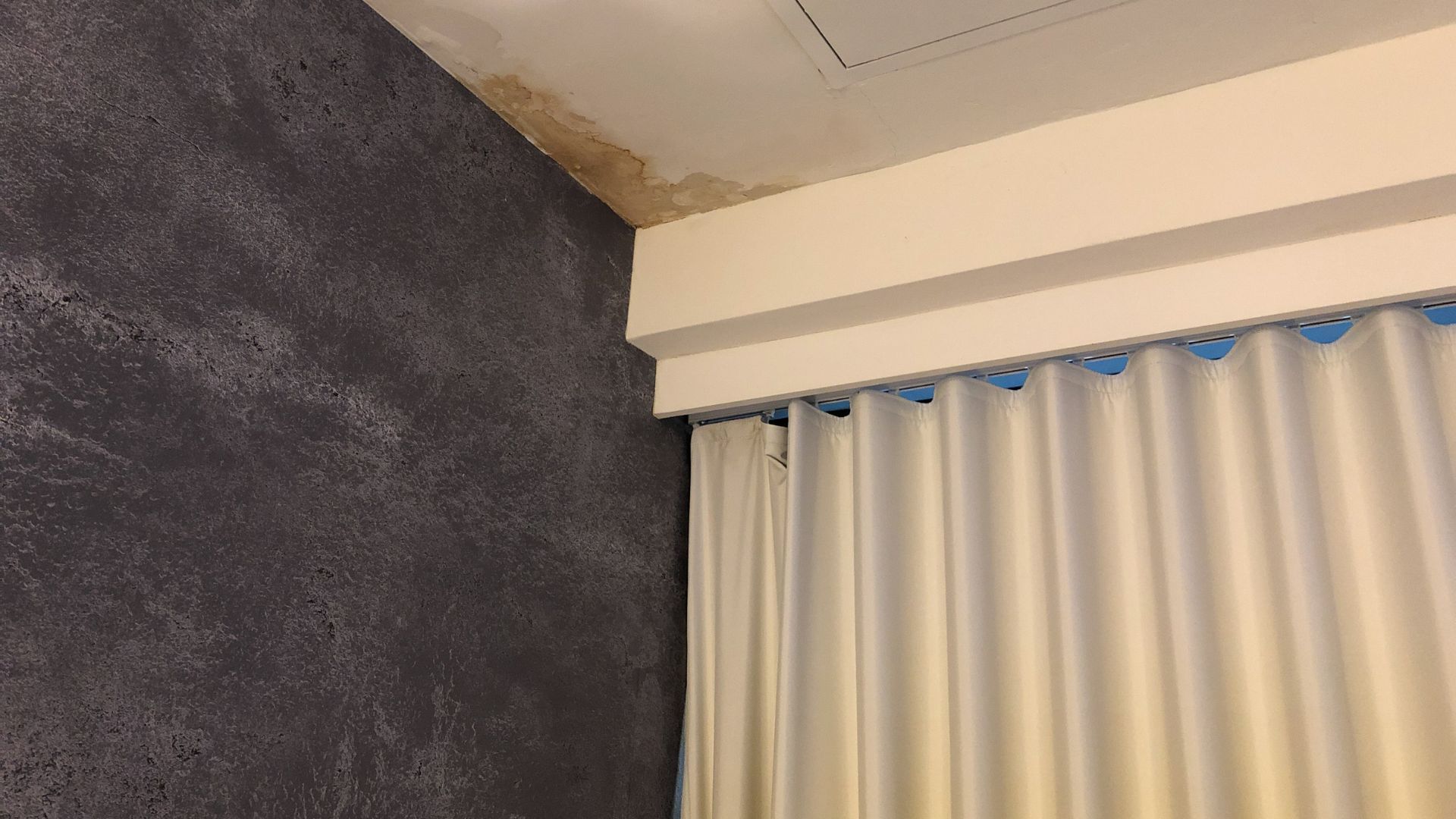When in a small building or a large office complex, storms can put property at risk when water damage occurs. Even minor amounts of water seeping into the foundation or basement can create a significant whole-building problem. This is, in part, due to concerns for mold growth. It takes just 12 hours, and sometimes less, for mold to grow on these surfaces. With little required outside of warmth and moisture, this mold can quickly spread through the HVAC system, reaching the entire structure.
After water damage occurs, it is critical to request a full inspection of your property to pinpoint any areas of potential mold risk. Understanding the proper steps to minimize the risk of mold can mean the difference between an easier fix and thousands in property damage. When mold is discovered, the right professionals will initiate the process necessary to ensure there is no risk to the structural integrity of the building. Here’s a look at what to do if you experience water damage to your property.
Monitor for Water Damage Risk Consistently
Any type of water damage, from flood waters to a broken pipe, can create a mold risk. That is why it is important to continuously monitor for water risks. After a storm that creates a significant risk of water damage, the following steps should be taken:
- Determine how the water got into the property. This may include through broken glass or another obvious area of damage. Other times, it may not be easy to tell.
- Determine if water is seeping in through drains, sewer lines, or the foundation itself. If that’s the case, it may be necessary to have the drain tile inspected for blockage.
- Have any leaks or moisture areas properly repaired, or the next storm will cause the same problem again.
Roof leaks after storms are sometimes caused by clogged gutters, which can cause water to flow incorrectly, leading to significant damage. Leaks from roofs are also often due to roof damage, such as from tree branches striking the roof or damage from poor maintenance and upkeep.
Finding and fixing the problem is just one step of this process, though. You also want to be sure that the property is properly maintained on an ongoing basis. In the days after the storm, continue to monitor for additional water leaks or risks to the property.
Work to Remove the Water
Due to how quickly mold can grow, it is critical to dry out the property as quickly as possible. Do not turn on the HVAC system. Be sure there is no electrical risk present due to standing water. Once there is no risk to people, call a professional to extract the water in the most effective manner.
There are several methods of water extraction that meet industry standards. The key is to remove all standing water first. Then, it is often necessary to remove any materials that are saturated or otherwise damaged. If possible, move these out of the property, placing them where they can dry out. If they cannot be properly and fully cleaned, toss them out. This includes any type of furniture that’s saturated, paper-like materials, or other items that cannot be laundered or otherwise sanitized.
The next step is to dry out the property fully. This may be done with fans or other tools to help pull out the moisture in the home. With this step, there is still no reason to turn on the HVAC because this will allow any mold spores present to travel through the HVAC system into each room of the home, allowing the mold to spread throughout the space.
“Mold is more than an inconvenience,” says a representative of BluSky Restoration Contractors, a national leader in mold remediation. “The threats to property and personal health posed by mold surpass many other property disasters. Calling in the professionals from the beginning can save your structure and your health. It ensures that there are fewer risks to those involved and, even more importantly, that there are resources available to help when there is a concern.”
It’s also important to consider the type of water saturating the property. While rainwater entering the structure may not seem harmful, it will typically carry a significant amount of bacteria in it. If the storm caused the drain lines and sewers to back up, that could create an even bigger risk for property owners. Often further sanitation is required.
Consider Mold Remediation
If water remains present for any length of time or there are difficulties in removing materials that are saturated, mold remediation may be necessary. This is a process completed by a certified professional. It involves properly finding and then removing mold presenting in the structure—from the foundation to walls and hidden areas. It takes time and can be costly, but it is often a necessary step to protect the home.
Property owners are often faced with the decisions regarding rebuilding or remodeling due to the damage. If water is present in the basement for any length of time, this can saturate into the drywall in that area, requiring the removal and replacement of it. Carpeting and other flooring material can also suffer significant damage. This often requires remodeling work to bring the property back to its original condition.
All of these steps can be critical in ensuring the property is in good condition and safe for those who use it. Mold is damaging but can be treated, and the best and safest way to attack the problem is to engage a professional as soon as possible.




